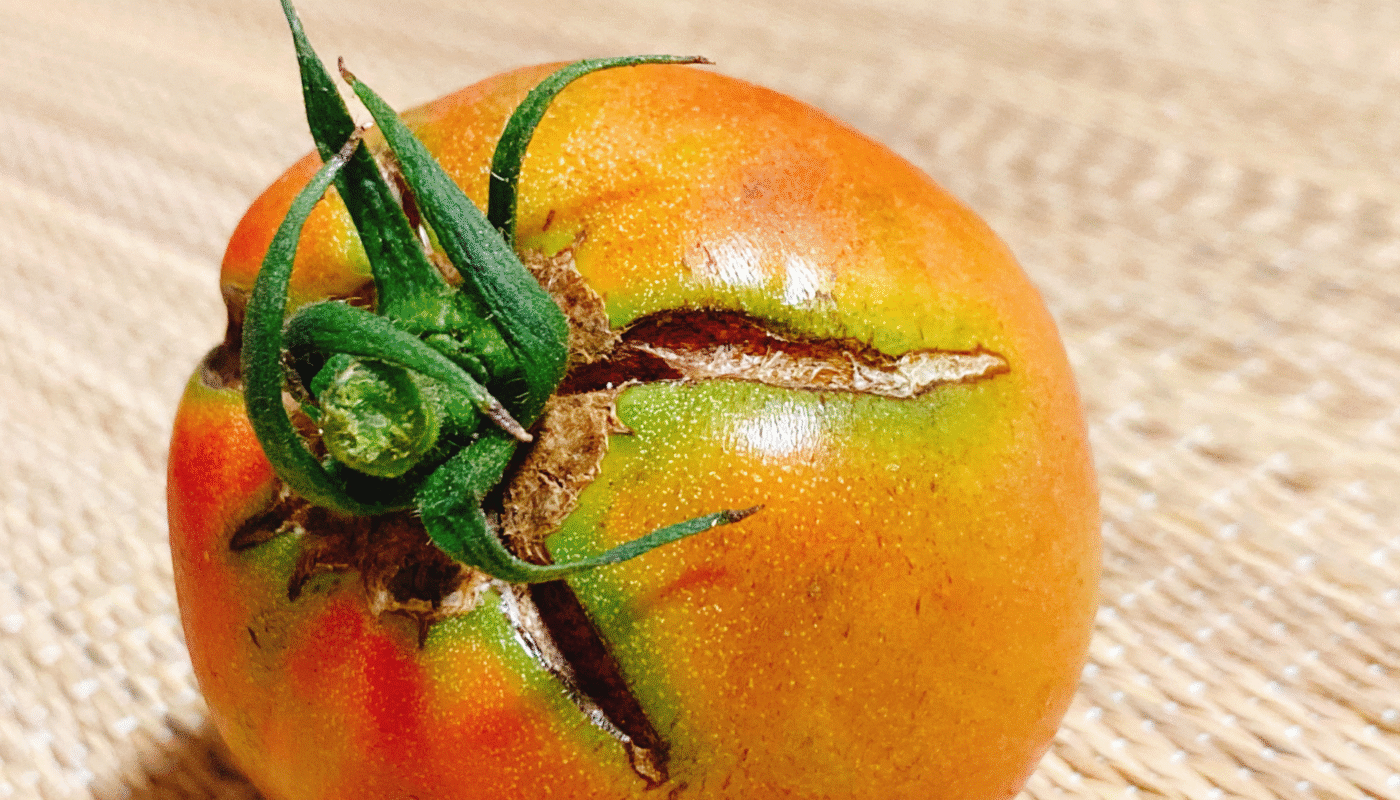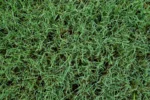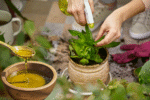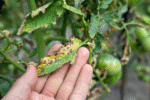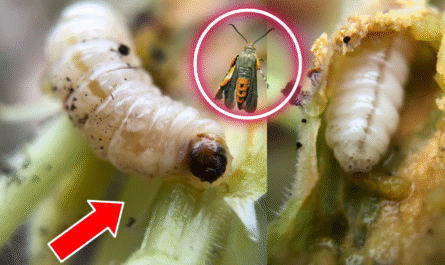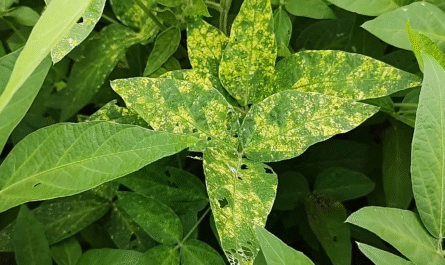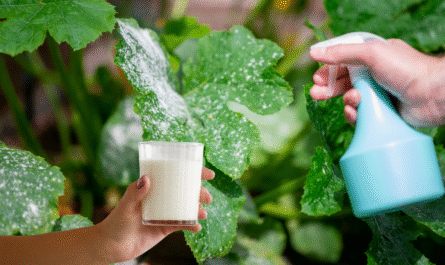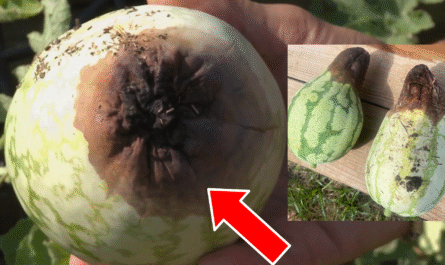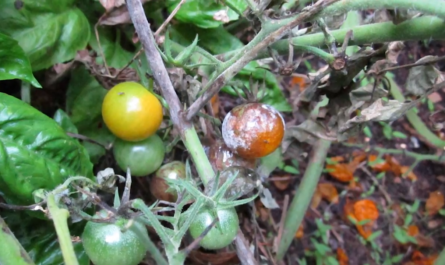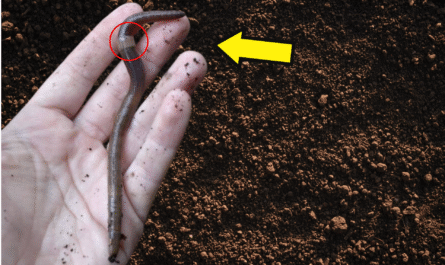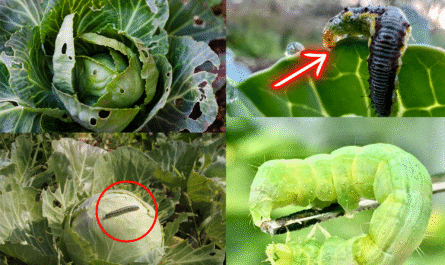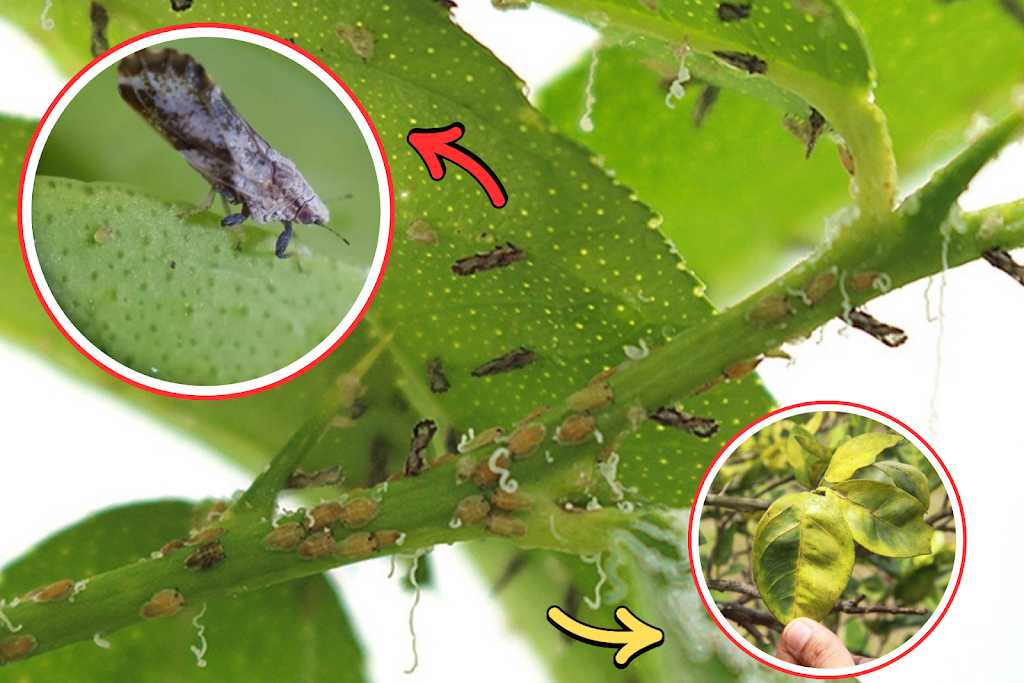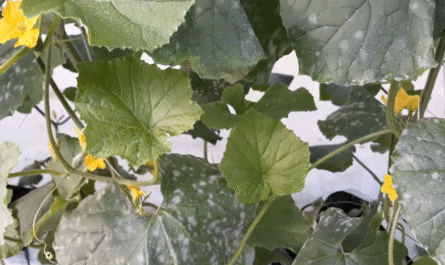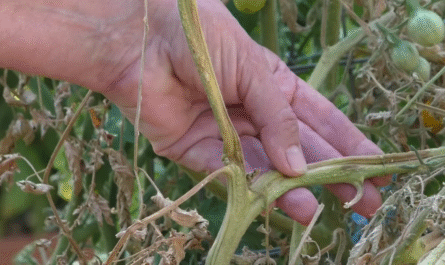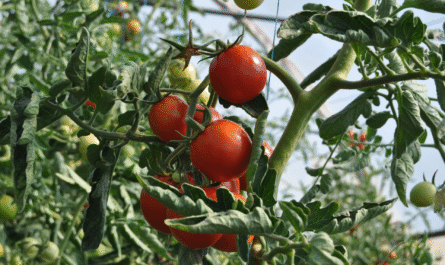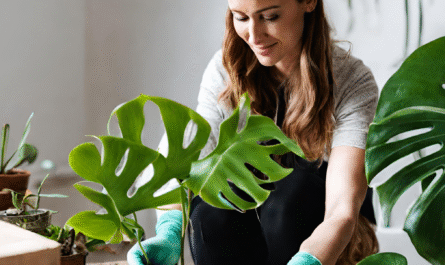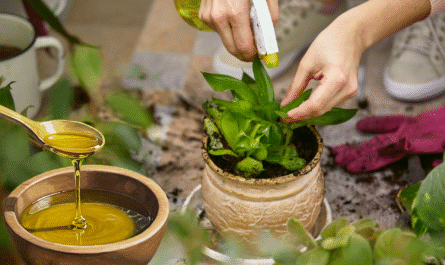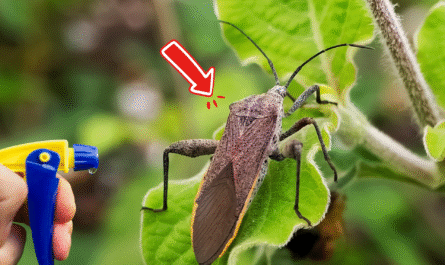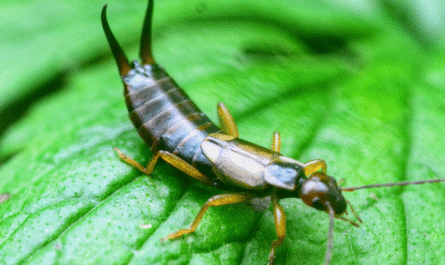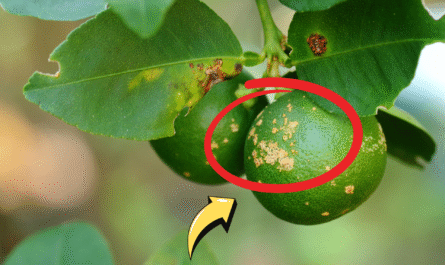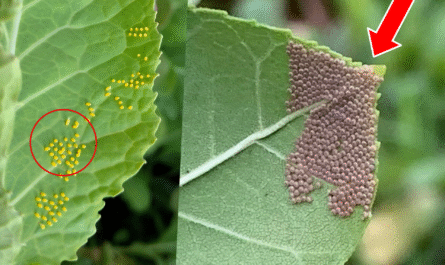As a lifelong gardener, I’ve grown tomatoes in just about every setting: raised beds, containers, greenhouses, and wide-open backyard plots. And if there’s one frustrating thing I’ve seen time and time again, it’s watching nearly perfect tomatoes split right before harvest. You wait patiently for them to turn the perfect shade of red, only to discover cracks slicing through the skin like a cruel joke.
But here’s the good news: this problem is completely avoidable. And the solution isn’t some expensive gadget or fancy fertilizer. It comes down to one basic, often-overlooked rule: consistency in watering. That’s it. If you water your tomatoes consistently, they won’t split.
Let me explain why this one habit can save your crop, and how you can build a simple, bulletproof watering routine that keeps your tomatoes whole, juicy, and gorgeous all summer long.
Why Do Tomatoes Split?
When a tomato plant absorbs water too quickly, especially after a dry spell, the fruit can’t expand fast enough to keep up. The inside swells, the skin stretches beyond its limit, and suddenly your tomato has a big, ugly crack. This sudden internal pressure creates stress on the tomato’s outer layer, much like overfilling a balloon. And once that split occurs, it becomes a vulnerable entry point for insects, bacteria, and fungal spores.
The most common culprits behind this are unpredictable watering routines or weather patterns. A week of hot, dry weather followed by a sudden downpour is a textbook setup for split tomatoes. The dry soil suddenly soaks up water, the plant guzzles it, and the fruit reacts to the influx by cracking. This cycle can undo weeks of care and cultivation in a single day.
It’s important to understand that splitting isn’t a disease or a genetic flaw; it’s entirely environmental. That means it’s something we can control. Once I started managing soil moisture more effectively, my plants stopped producing cracked fruit. So if you’re seeing splits, the issue isn’t the plant, it’s the process. And the process can be fixed.
Why Water Consistently?
Consistent watering is the most important factor in preventing tomato splits. Tomatoes thrive on routine. They don’t want feast-or-famine hydration. They want steady, predictable moisture so that their cells can grow without sudden bursts of pressure. And that consistency must come from you, not the weather.
For most gardeners, that means watering deeply once or twice a week, depending on the temperature and your soil type. Clay soil holds water longer than sandy soil, so you may water less often. If you’re growing in containers, expect to water more frequently, even daily in hot conditions. But the keyword remains the same: consistent.
I recommend tracking your watering days and amounts in a garden journal. This way, you can recognize patterns in your plant’s health and growth. Over time, you’ll develop an intuitive feel for your garden’s needs. The goal is to avoid large swings between dry and drenched. Keep it even, and your tomatoes will reward you with firm, unblemished skin.
How Much Water Do Tomatoes Really Need?
The typical recommendation is about 1 inch of water per week. That roughly translates to 0.6 gallons per square foot. But again, this is a guideline, not gospel. Factors like heat, humidity, wind, soil type, and whether you’re growing in raised beds or containers all impact how much water your tomatoes will need.
Start with this baseline, and adjust based on observation. Are the leaves wilting in the afternoon? Is the soil dry an inch below the surface? Is fruit forming properly? Your eyes and fingers will tell you more than any textbook. Don’t be afraid to water more frequently if your plants are signaling thirst, just make sure you’re not soaking them inconsistently.
Tomatoes benefit more from a deep soak than from a daily sprinkle. Shallow watering encourages shallow roots, which can dry out faster. Aim to drench the root zone thoroughly and allow the top layer of soil to dry slightly between waterings. This encourages strong root systems and reduces the chance of splitting.
The Finger Test
The finger test is the simplest, most effective way to decide whether your tomatoes need water. Just insert your finger about one inch into the soil near the plant’s base. If it feels dry, it’s time to water. If it’s damp, hold off and check again the next day.
This test takes guesswork out of watering. No more relying on rigid schedules that may not suit your current weather conditions. Your garden isn’t static. A hot, windy week dries out soil faster than a cool, humid one. By checking daily with your finger, you stay attuned to what your plants truly need.
Over time, this daily check becomes second nature. You’ll begin to anticipate your plants’ water needs without overdoing it. That awareness will go a long way toward keeping your fruit intact and your plants thriving. Consistency doesn’t mean inflexible routines, it means responsive, reliable care based on what your garden is telling you.
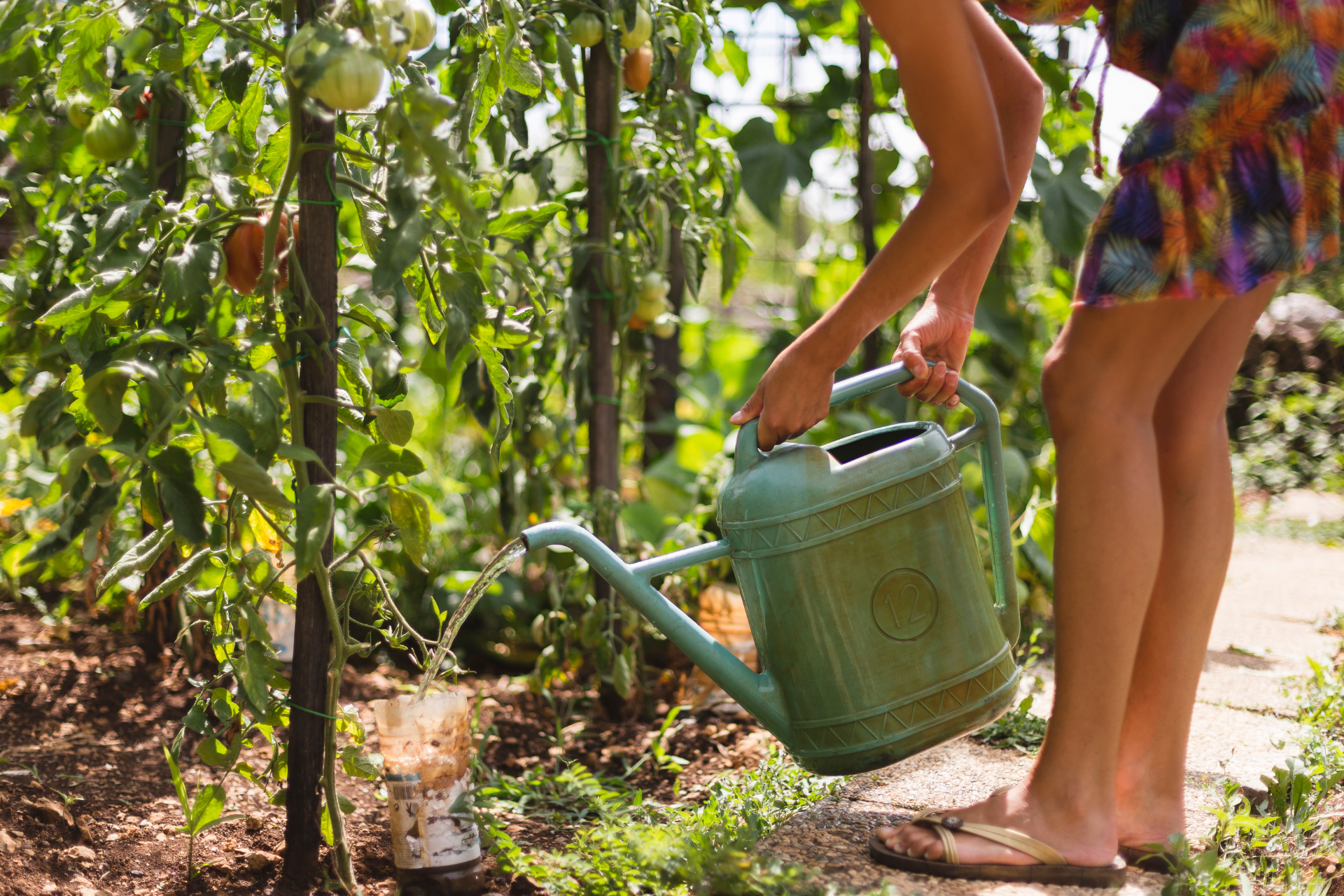 This is how you water your plant.
This is how you water your plant.
Why Drip Beats Sprinklers Every Time
Sprinklers are great for lawns but terrible for tomatoes. They water indiscriminately, soaking leaves, fruit, and everything else in sight. This leads to fungal issues and encourages shallow root systems. More importantly, it creates erratic watering patterns that contribute to splitting.
Drip irrigation, on the other hand, delivers water directly to the root zone. It provides a slow, steady trickle that the soil can absorb without runoff. This keeps moisture levels consistent and minimizes fluctuations. If you can’t set up a drip system, a narrow-spout watering can or soaker hose works just as well.
I’ve switched all my tomato beds to drip systems, and the results have been dramatic. Not only do my plants stay healthier, but I use less water overall. More efficient, more effective, and no more split tomatoes. It’s a win-win.
Mulch
Mulch acts like a protective blanket for your soil. It locks in moisture, regulates temperature, and prevents evaporation. It also reduces the impact of sudden rain by slowing absorption into the soil, which helps maintain consistency.
Organic mulches like straw, shredded leaves, pine needles, or compost are best. They decompose over time and improve soil health. I spread a 2-3 inch layer around each plant as soon as they’re established. This single step has drastically reduced how often I need to water.
In addition to moisture control, mulch suppresses weeds and protects your tomatoes from soil-borne diseases. When water splashes up from bare soil, it can carry pathogens to your plant’s lower leaves. Mulch creates a barrier, helping keep your plants clean and healthy.
Timing Matters
When you water is almost as important as how you water. Early morning is ideal. It gives plants a chance to absorb moisture before the heat of the day and allows leaves to dry quickly, reducing disease risk.
Evening watering is the second-best option if mornings aren’t feasible. Just be sure to water at the base of the plant to avoid wetting the foliage. Wet leaves overnight can encourage mildew and blight.
During the peak of summer, I make a habit of walking through my garden every morning. I check the soil, harvest any ripe fruit, and water only as needed. This small daily ritual keeps me tuned into my plants and prevents problems before they start.
What About Greenhouse Tomatoes?
Greenhouses offer more control, which is a huge advantage when growing tomatoes. There’s no rain to worry about, and humidity levels can be managed. But that doesn’t mean you can be lax about watering.
In fact, greenhouse tomatoes can dry out faster due to increased temperatures. You’ll need to monitor soil moisture closely and may need to water more frequently. Again, use the finger test and adjust accordingly.
I also recommend mulching container-grown tomatoes inside the greenhouse. It helps keep moisture in and reduces the watering load. If you have the option to move outdoor pots into a greenhouse during wet spells, do it, you’ll gain more control over splitting and overall fruit quality.
Can You Eat Split Tomatoes?
Split tomatoes aren’t necessarily ruined. If picked promptly, they can be salvaged. Just cut away the cracked section and use the rest for cooking or eating. I often turn split tomatoes into fresh sauce or salsa.
However, if the split has been exposed for more than a day or two, it’s likely compromised. Bugs can burrow into the cracks, and mold or fungus can develop inside. In those cases, it’s best to discard the fruit or compost it.
Never use split tomatoes for canning or long-term storage. The damaged skin creates an entry point for bacteria, which can survive the preservation process and pose a health risk. Only use pristine, intact fruit for preservation.
What to Do When It Rains Too Much
Heavy rain is one variable we can’t control. If your tomatoes are close to ripening and a downpour is on the way, harvest them early. Tomatoes will continue to ripen off the vine, and you’ll avoid splitting caused by sudden water uptake.
If you’re in a region with frequent summer storms, consider planting in raised beds or using protective row covers. Improving soil drainage with compost or perlite also helps prevent waterlogging.
When rain is unavoidable, focus on damage control. Harvest what you can, dry out the soil afterward if needed, and take notes to better prepare for the next season. Gardening is a long game, and every season teaches you something new.
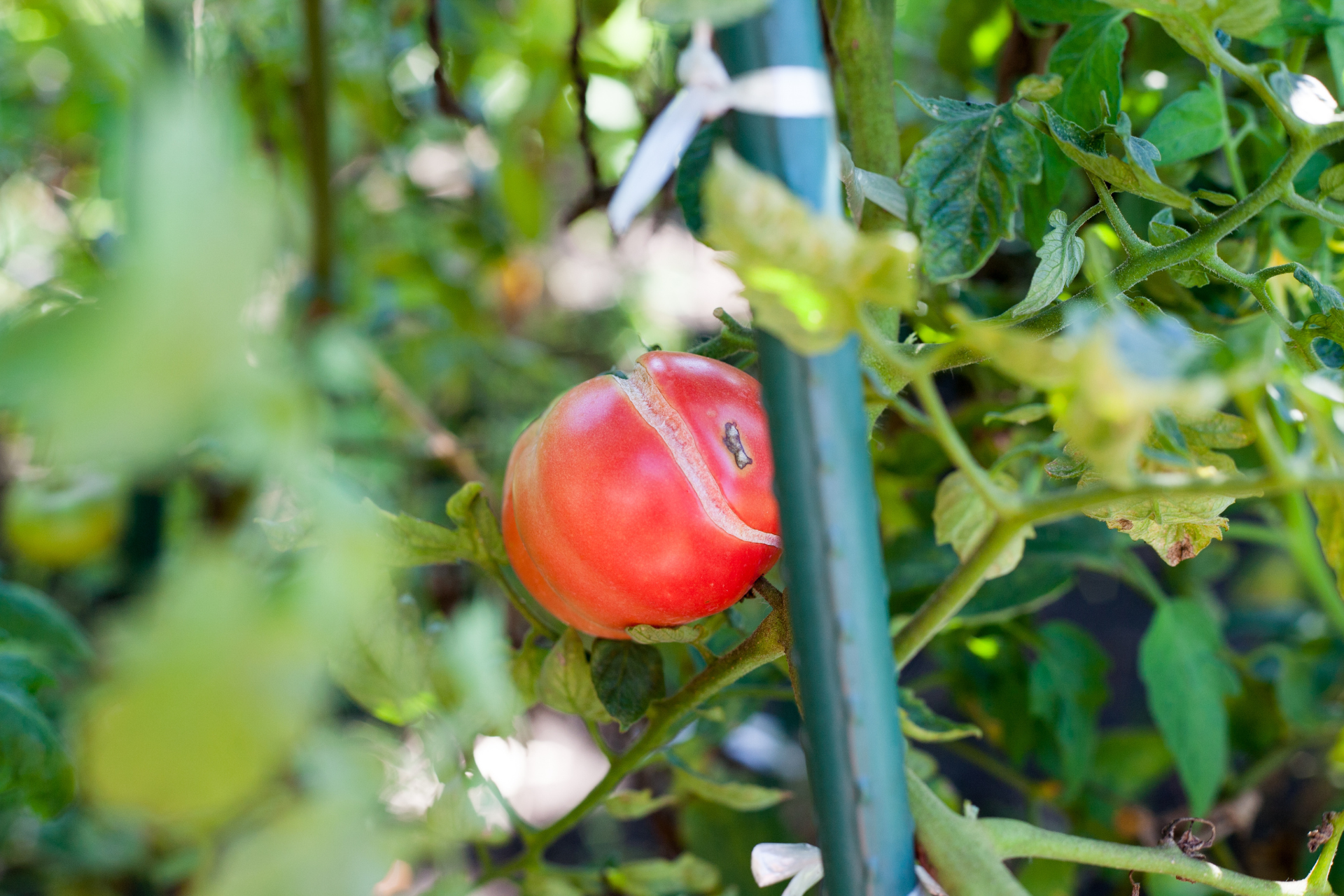
Final Thoughts
Tomatoes don’t have to split. The fix isn’t complicated, it’s just about consistency. Build a regular watering habit, pay attention to your plants, and let nature do the rest.
If you follow this one simple rule, steady watering, you’ll be rewarded with flawless tomatoes you’ll be proud to show off, eat fresh, or preserve.
In the end, gardening is about observation, rhythm, and respect for the plant. Give your tomatoes what they need when they need it, and they’ll never let you down.
FAQs
Should I water my tomatoes every day during a heatwave?
Only if the soil is drying out that quickly. Use the finger test. In containers or extreme heat, daily watering might be necessary, but always check first.
Can cracked tomatoes cause disease in other plants?
No, but if they rot on the vine, they can attract pests or fungal spores that might spread. Always remove split or decaying fruit quickly.
Is it better to water in the morning or evening?
Morning is best. It gives the plant time to absorb water before the heat of the day and reduces the chance of fungal diseases caused by overnight moisture.
Can inconsistent watering affect the flavor of tomatoes too?
Yes. Inconsistent watering can dilute the sugars in the fruit, leading to bland tomatoes. Steady watering leads to better-tasting harvests.
What’s the best mulch to prevent splitting in tomatoes?
Straw is excellent—it’s lightweight, breathable, and retains moisture well. Just make sure it’s seed-free so you’re not growing straw in your tomato bed.

